Contribution / Chapter
For Science, Broadcasting, and Conservation
Items
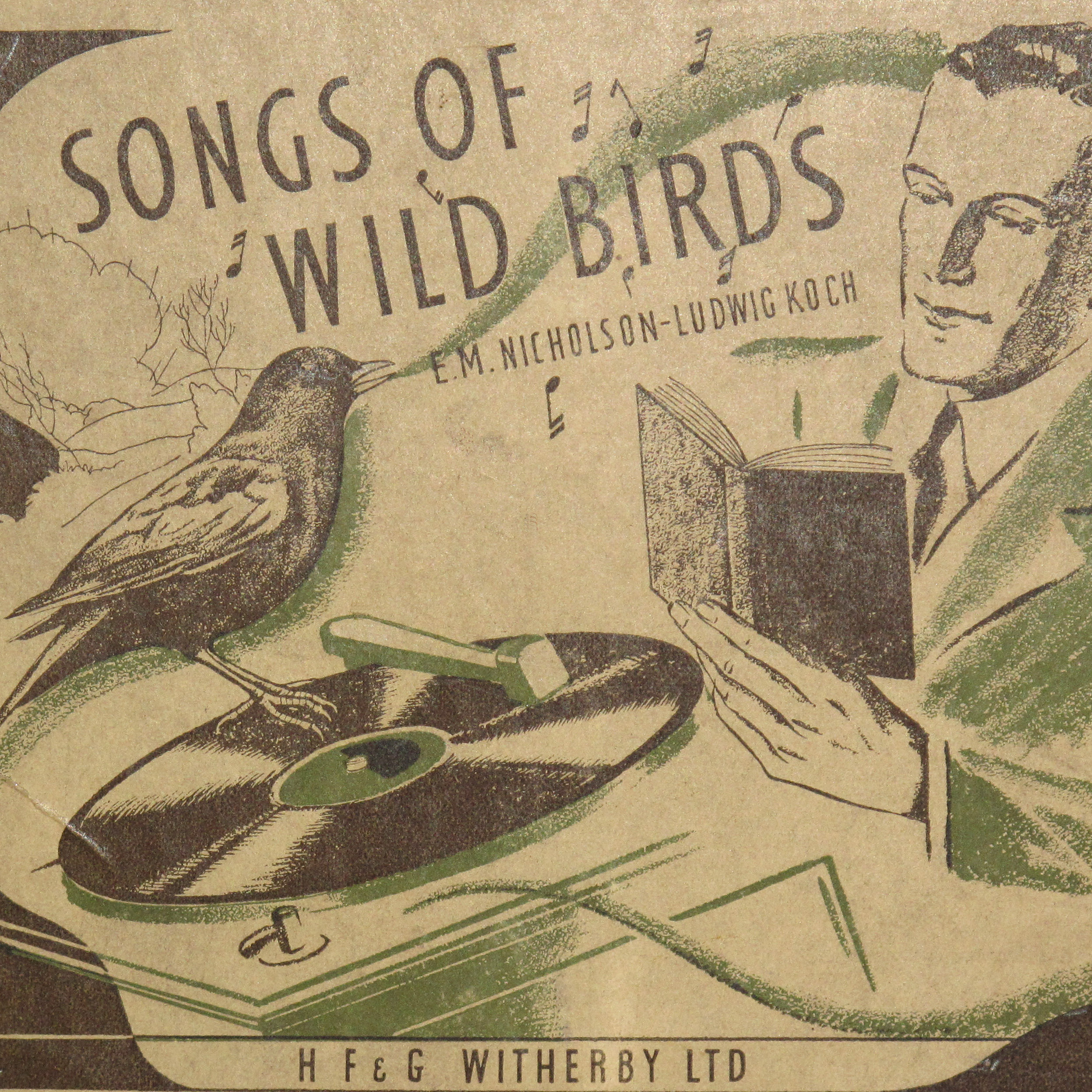
Songs of wild birds. Two discs Series
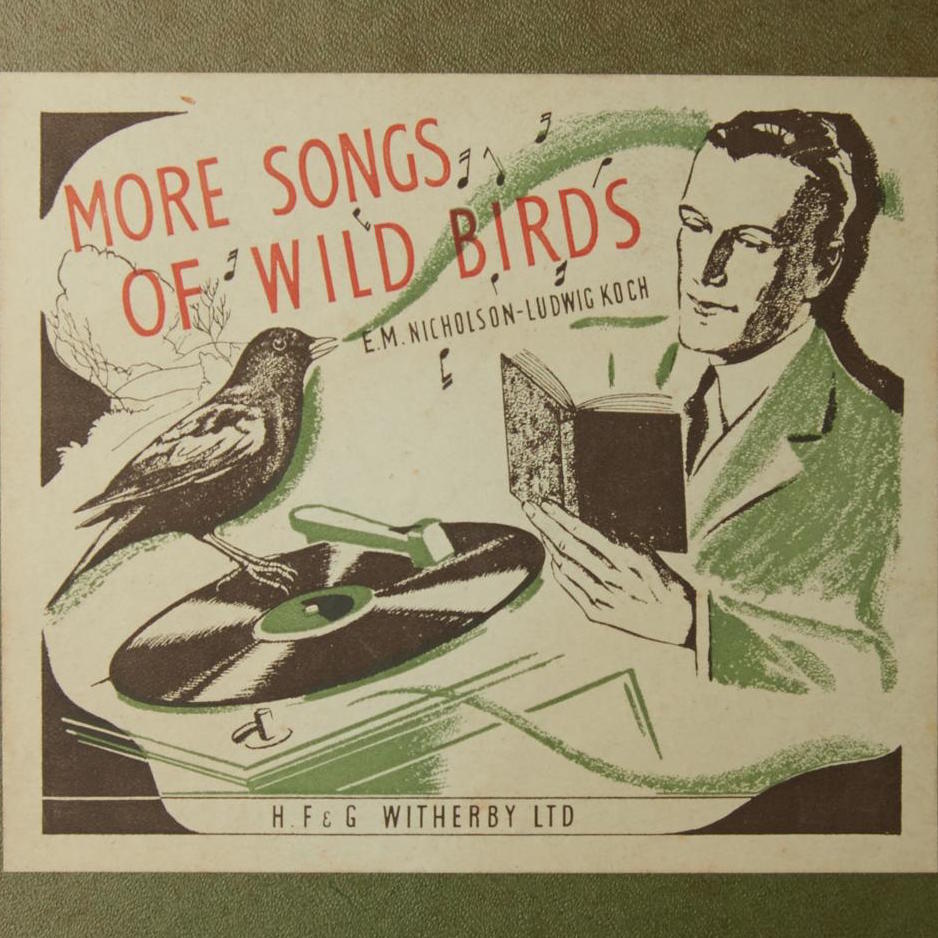
More songs of wild birds. Three discs Series
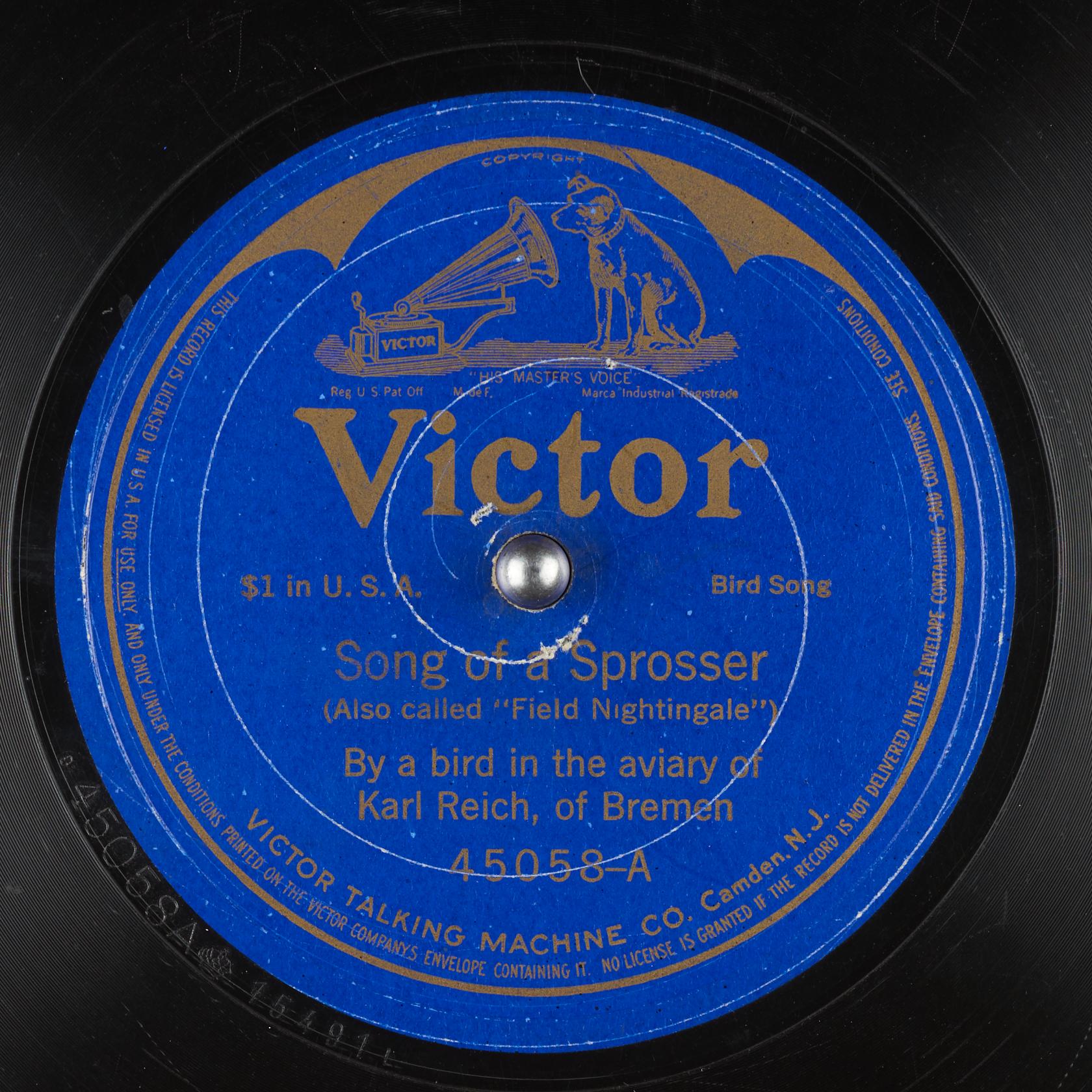
Song of a Sprosser (45058-A) Audio
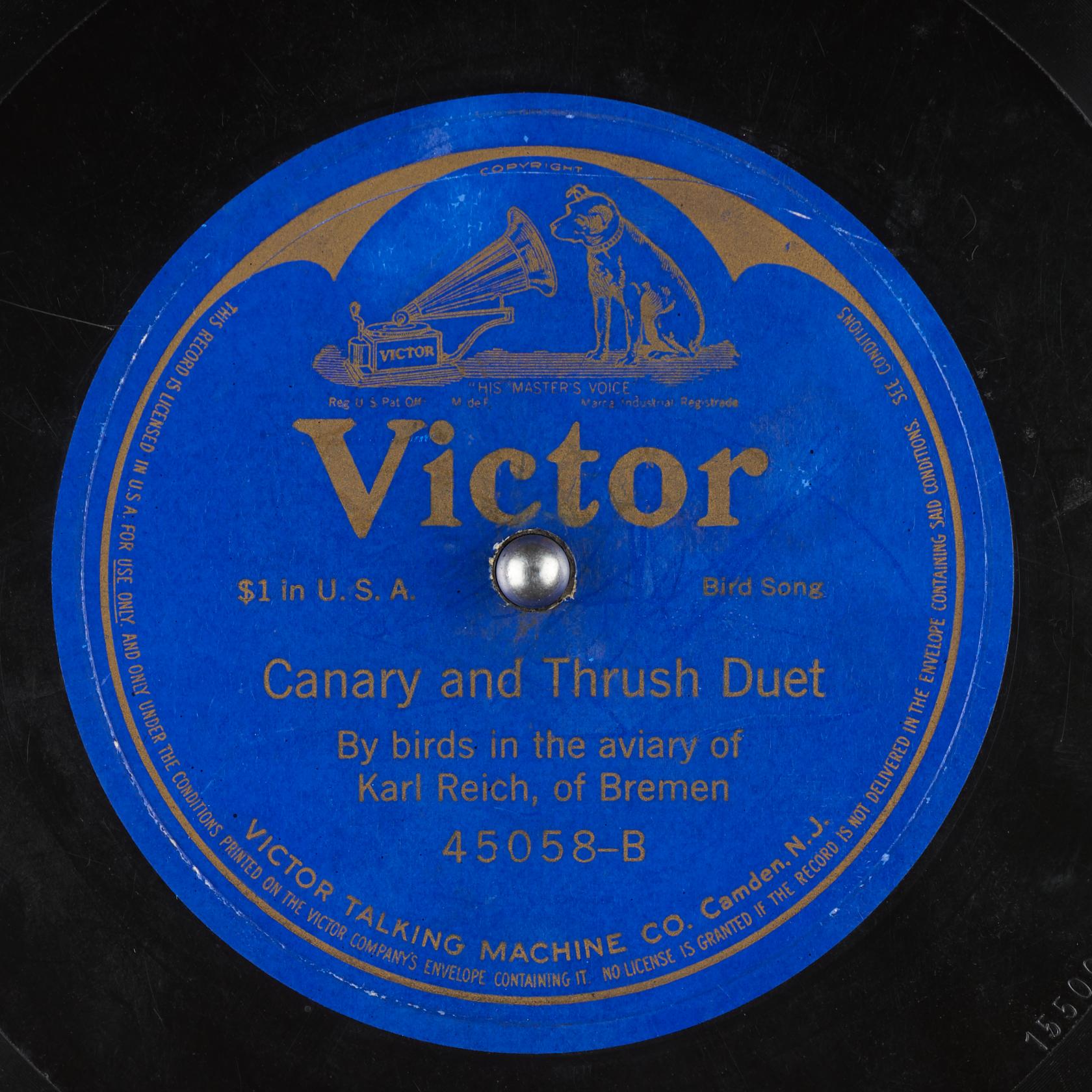
Canary and Thrush Duet (45058-B) Audio
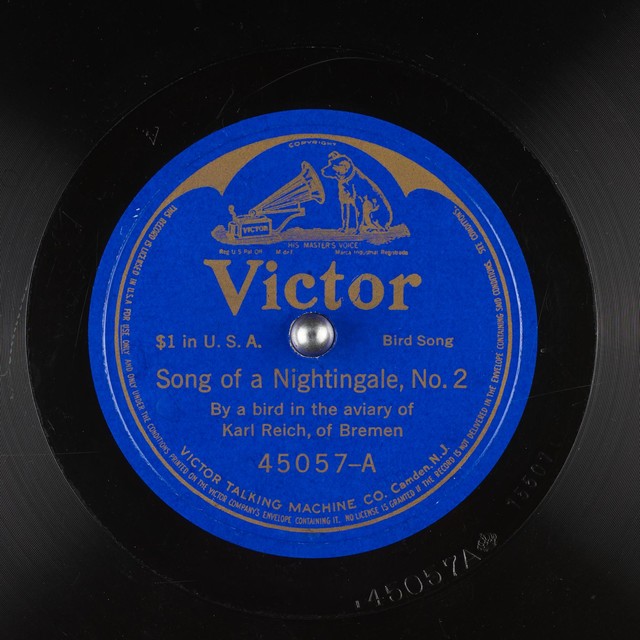
Song of a Nightingale, No. 2 (45057-A) Audio
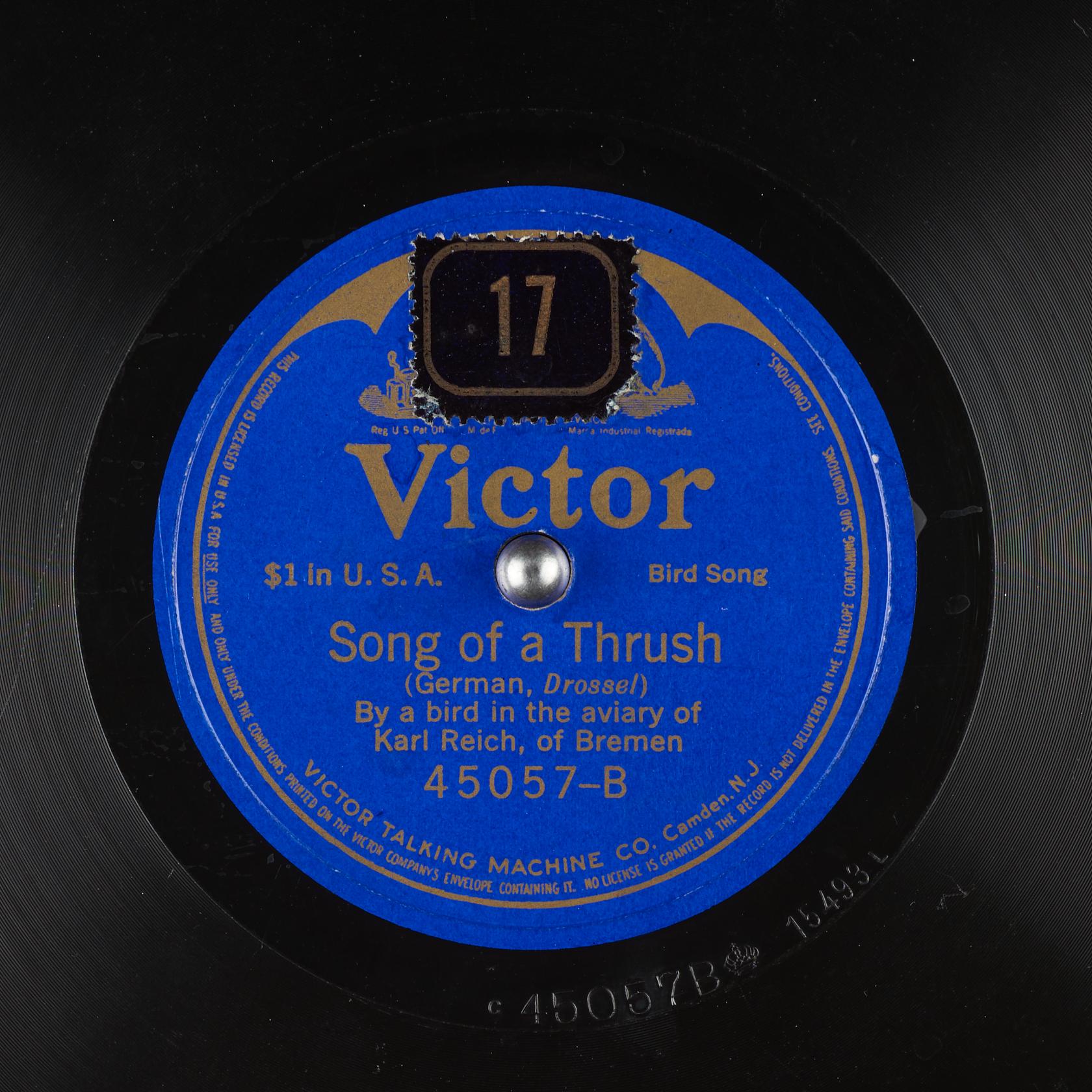
Song of a Thrush (45057-B) Audio

A Salute to Ludwig Koch, Side 1 Audio

A Salute to Ludwig Koch, Side 2 Audio
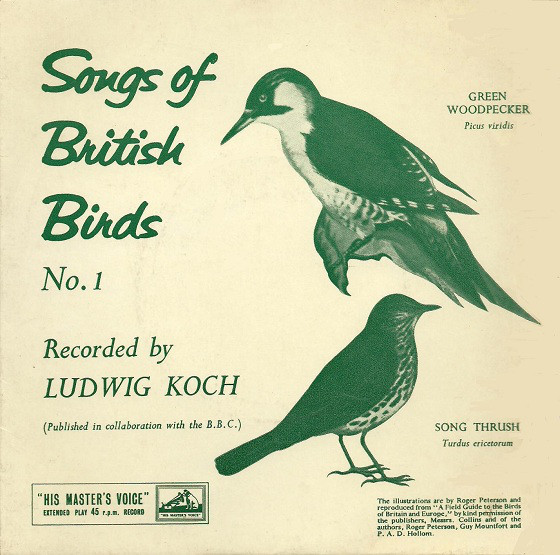
Songs of British Birds No.1 Video
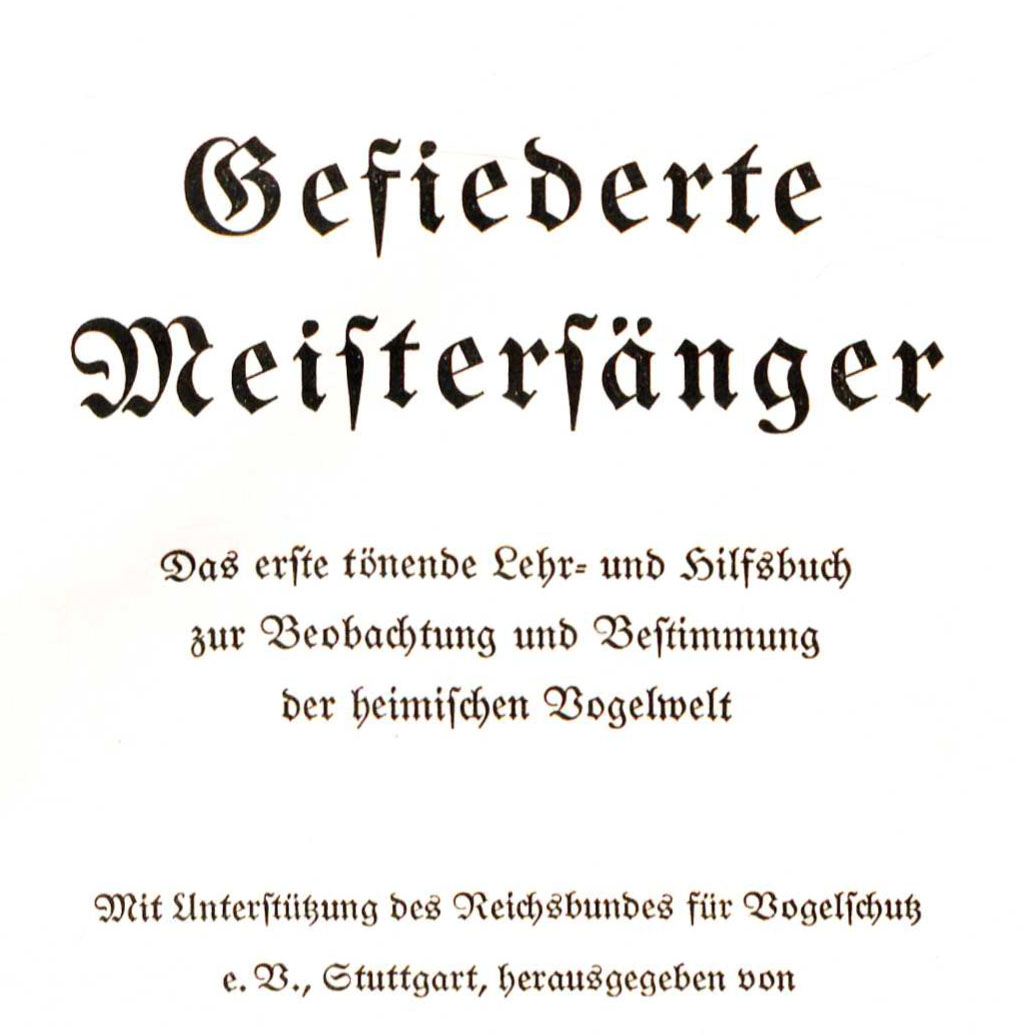
Gefiederte Meistersänger Texts
For Science, Broadcasting, and Conservation
After World War II, wildlife recordists and bioacousticians took advantage of advances in electronics and acoustics to collect, store, and analyze recordings of animal vocalizations, leading to the establishment and expansion of numerous wildlife sound archives worldwide. This article traces the technological, organizational, and social arrangements that transformed a private collection of recordings by wildlife recordist Ludwig Koch in the 1930s into one of the largest sound archives of its kind. It argues that this sound archive was consolidated through the collective efforts of a recording community—an unlikely alliance of academic biologists, commercial and amateur hobby recordists, and the public service broadcaster British Broadcasting Corporation (BBC), each with a stake in the development, use, and popularization of wildlife recordings. Zooming in on the integration of British naturalists with the BBC, the article shows how, despite scientists’ oft-noted suspicion of the media, these parties developed a mutually beneficial association.
© 2015 – 2025 Humboldt-Universität zu Berlin





